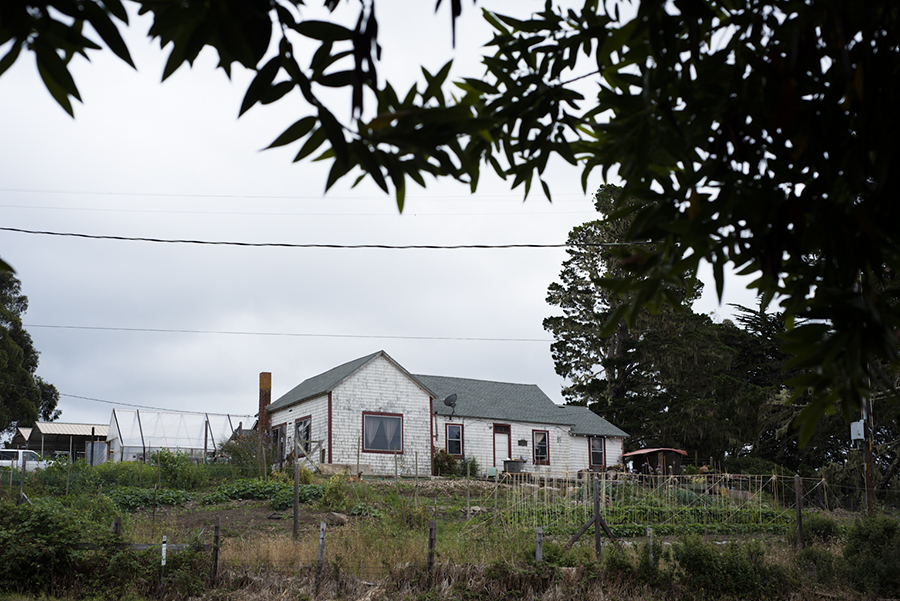A Tomales Bay oyster company’s request for a coastal permit to build a replacement well on a neighboring ranch has fomented concerns among some . . .
Marshall residents angsty over Hog Island well


A Tomales Bay oyster company’s request for a coastal permit to build a replacement well on a neighboring ranch has fomented concerns among some . . .